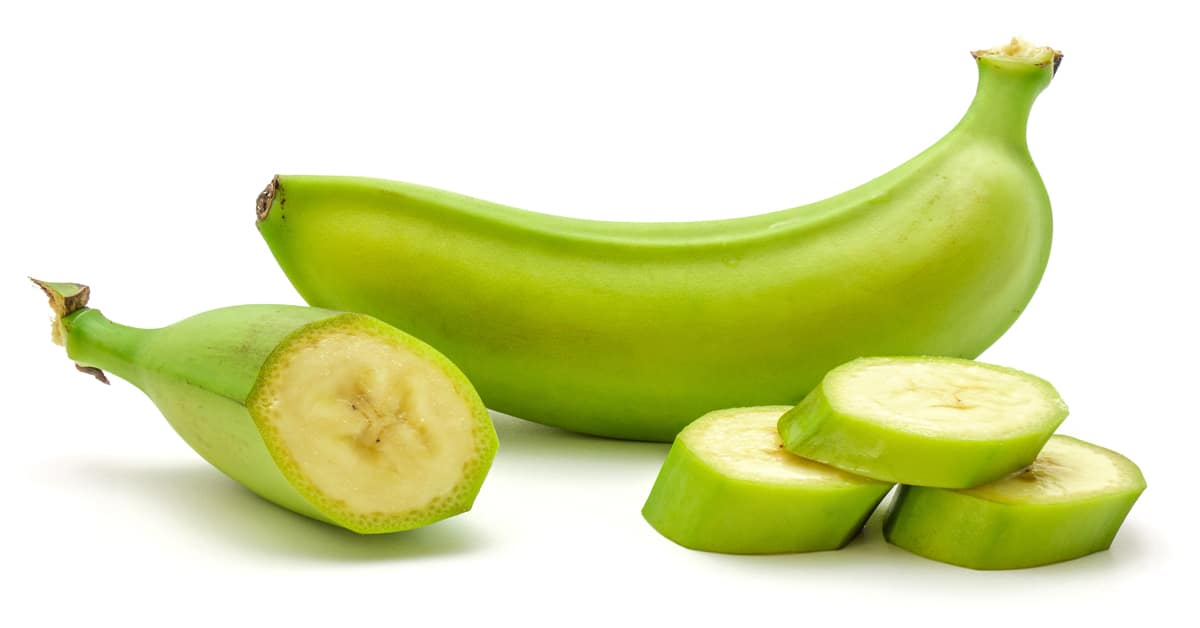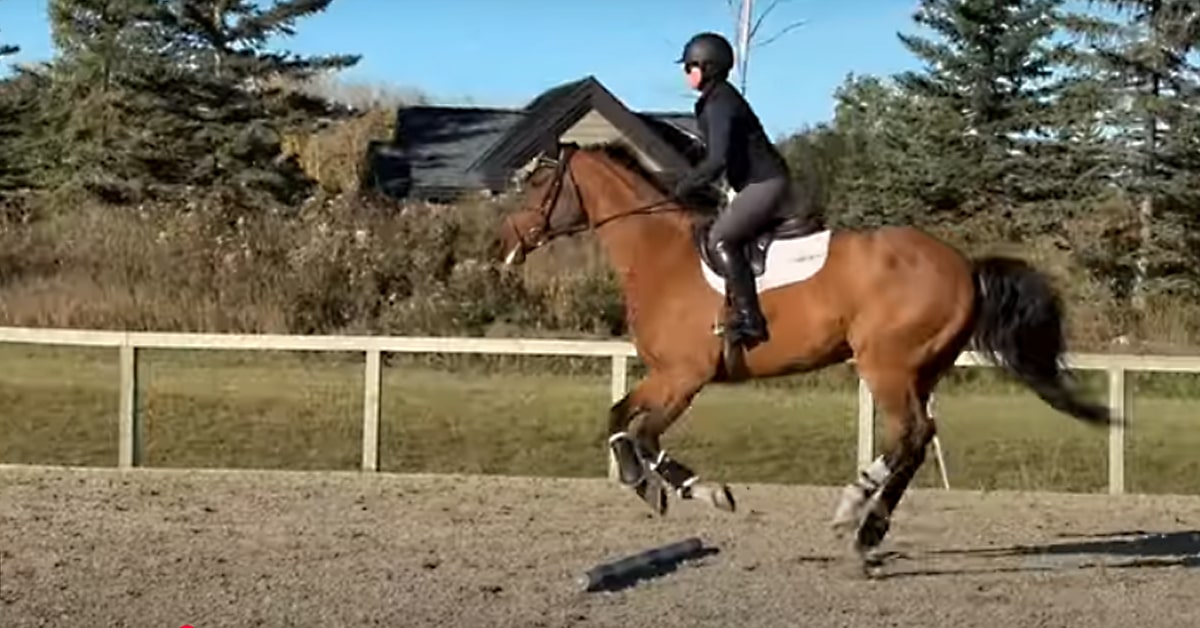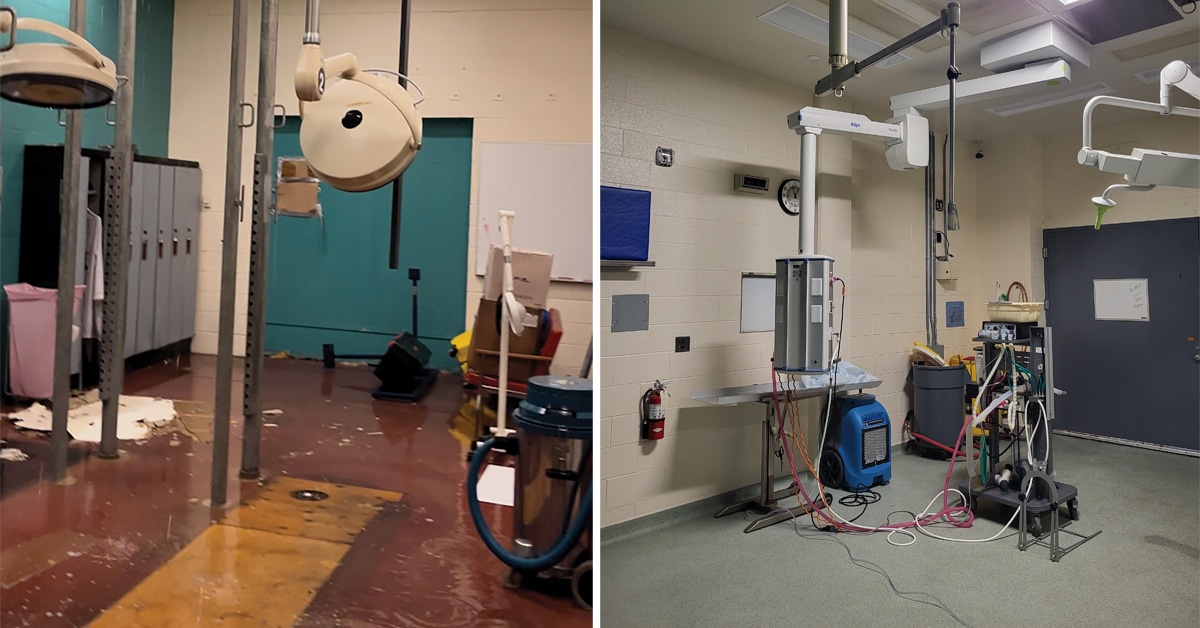In horses, as in humans, hormones regulate many processes within the body. Controlled by the endocrine system, which is made up of various glands that produce and manage the hormones, they are transported in the blood to stimulate specific cells or tissues into action. The system’s CEO is the pituitary gland – it signals the other glands to boost production or decrease it when necessary.
Most of the time, this system works remarkably well. But sometimes, for various reasons, the hormones get out of balance so that the horse is producing either too many or not enough. This imbalance of hormones can happen in any of the hormone-producing organs, but here are three of the most common culprits:
Cushing’s Disease/Pituitary Pars Intermedia Dysfunction (PPID)
When humans or dogs get Cushing’s disease, they typically have a problem with their adrenal gland. But Dr. Wendy Duckett, a professor at the Atlantic Veterinary College (AVC), says equine Cushing’s (PPID) generally starts with the growth of a tumour called an adenoma in the pars intermedia (intermediate lobe) of the pituitary gland. This results in a loss of hormone production control, causing it to send incorrect signals to the adrenal gland and other peripheral tissues. It is most often seen in older horses (15 years and up) and symptoms can vary depending on which hormones are affected.
Initial signs can be subtle. One early symptom may be loss of muscle mass on the horse’s back. If the immune system is affected, the horse may have recurring health problems such as hoof abscesses, sinus infections, and infected teeth. “You can treat these conditions, but they will keep coming back,” says Duckett. As the problem becomes more advanced, you might see the growth of a thick or curly hair coat that doesn’t shed when expected in the spring, or sheds only in patches. The horse may also develop a pot belly and sweat more than normal. Recurring, unexplained bouts of laminitis may also occur.
Treatment for Cushing’s disease normally involves administering the drug pergolide to control the output of adrenocorticotropic hormone (ACTH) and raise the dopamine levels which regulate the hormones produced by the pituitary gland. Temporary but common side-effects of pergolide include depression and lack of appetite.
Duckett says that adding cyproheptadine – an antihistamine used to inhibit the serotonin hormone that stimulates the pituitary gland – when the horse is not responding to high doses of pergolide will help alleviate clinical signs and yield a better quality of life for the horse. Another less-commonly used drug is trilostane, which inhibits the release of cortisol from the adrenal gland.
Equine Metabolic Syndrome (EMS)
Metabolic syndrome is well-known in humans as a forerunner to health problems such as Type 2 diabetes. In horses, it is also being recognized as a major health concern.
“We used to call these horses ‘easy keepers,’” says Duckett. Horses who become overweight – a score of seven or greater out of nine on the Henneke body condition scale – can develop insulin resistance. Insulin is the hormone produced in the pancreas which normally moves sugars into the cells of the horse’s body. When resistance develops, the insulin is less effective at moving the sugars, so the body begins to produce higher levels of insulin, while at the same time more sugars are circulating in the blood stream.
Horses with EMS may have unusual areas of fat build-up, including a cresty neck and fat at the base of the tail. It’s seen more often in ponies, Morgans, Fjords, and Quarter Horses, and is rarer in Thoroughbreds and Standardbreds, but can happen in any breed. These horses face a very high risk of developing laminitis.
“Treating this condition can be very frustrating,” says Duckett. “The key is weight loss and exercise, but this is not easy. It’s definitely associated with free access to pasture, so one approach is to muzzle the horse part of the time when he’s out in the field.”
A regular program of exercise is also needed. It is important not to severely restrict feed to these horses, as they are prone to develop life-threatening hyperlipemia (high concentration of fats or lipids in the blood) in situations of negative energy balance.
Metformin and other medications used in humans with Type 2 diabetes can be helpful as an adjunct treatment of EMS in some horses. Metformin works by helping to alleviate insulin resistance. Duckett adds, “A short-term treatment with thyroid hormone supplementation – even though these horses do not have thyroid problems – can increase the horse’s metabolic rate and kick-start some weight loss. A continuing program of exercise and controlled food intake needs to be introduced at the same time.”
Hypo- and Hyperthyroid Conditions
In horses, the thyroid gland consist of two sections connected by a band of fibrous tissue, tucked up by the horse’s larynx at the curve of the throatlatch. Sometimes the gland becomes enlarged or develops visible growths. Duckett says that an enlarged thyroid doesn’t necessarily indicate abnormal thyroid hormone production; however, thyroid problems are often related to the horse’s diet. Hypothyroid conditions are caused by lower than normal thyroid hormone production, while hyperthyroid conditions are higher than normal.
The key ingredient in the diet that affects the thyroid is iodine. “Horses need to be consuming iodine in order to have normal production of thyroid hormones,” Duckett explains. Too little iodine will cause the hormone levels to be too low; too much iodine can have contradictory effects: sometimes it makes the hormone levels too high, and sometimes too low. This is especially a concern for pregnant mares. If they are consuming too much iodine, their foals may be born with goiters (swelling of the thyroid glands) and have irreversible issues with nerve and skeletal development in utero. “This overconsumption of iodine is most often seen in mares who are eating kelp or seaweed,” Duckett says.
Another congenital thyroid problem is seen in the prairies in mares who are not supplemented with minerals during pregnancy. These foals have hypothyroidism with limb and jaw deformities and often do not survive.
Duckett adds that horse owners may suspect thyroid problems if a horse becomes less energetic and performance declines, or if it gains weight, but there are other possible causes for these changes. “I advise them to scrutinize the environment and see what might be interfering with the horse’s thyroid production – and remember that too much iodine can decrease the levels just as too little can.” She recalls one case of a foal who had a wound that was being treated with a medication that contained iodine. As this was absorbed into his body, his thyroid began to get larger. Once the treatment was stopped, however, his thyroid returned to normal.
Other possible causes of thyroid problems can be tumours and cysts which may or may not be associated with abnormal thyroid hormone production. One common cause of unilateral thyroid gland enlargement in older horses is the development of a thyroid adenoma, although this is typically not associated with abnormal thyroid function.
A healthy endocrine system is vital to your horse’s well-being. If you suspect a problem with any aspect, it’s important to consult with your veterinarian, as most of these conditions can be treated or well managed.
Cranky Mare Syndrome
Does your normally tractable and agreeable mare becomes a hormonal monster when she is in heat?
As ovarian follicles increase in size and produce more estrogen, it becomes normal for a mare to elevate her tail, urinate often, and behave aggressively towards other horses or even humans. Once she ovulates, her ovaries start churning out the hormone progesterone in preparation for pregnancy and the symptoms subside.
While all of the conditions mentioned in this article can result in abnormal estrus cycles in terms of duration or intensity, so can other conditions including ovarian tumours, uterine infections, and even poor nutrition. Once all these possibilities are ruled out, if your mare is still extremely unpredictable or even dangerous when in heat, consult with your veterinarian to determine if she may be a candidate for hormone therapy. There are drugs available to make the estrous cycle more manageable, especially important for competition horses who need to produce reliable, consistent performances.
The progestin Regu-Mate (an oral, synthetic form of the pregnancy hormone progesterone) is widely used for complete estrus suppression. Once you stop administering Regu-Mate, the mare should come into estrus within five to seven days. Injectable Depo-Provera (the brand name of the synthetic progestin hormone medroxyprogesterone, used in human medicine for birth control) is reported to be effective for up to 90 days. However, some research has shown the product to be unreliable, including a 2009 study at Colorado State University which found it completely ineffective in their case group.
An inexpensive, drug-free alternative involves placing a sterile marble in the uterus, which can keep a mare out of heat for up to three months. In more extreme cases, an ovariectomy (surgical removal of the ovaries), can provide a permanent solution.
The Latest









